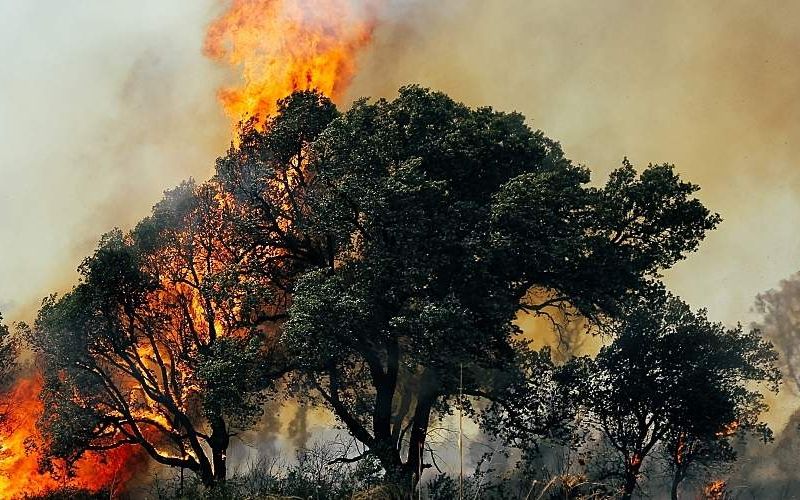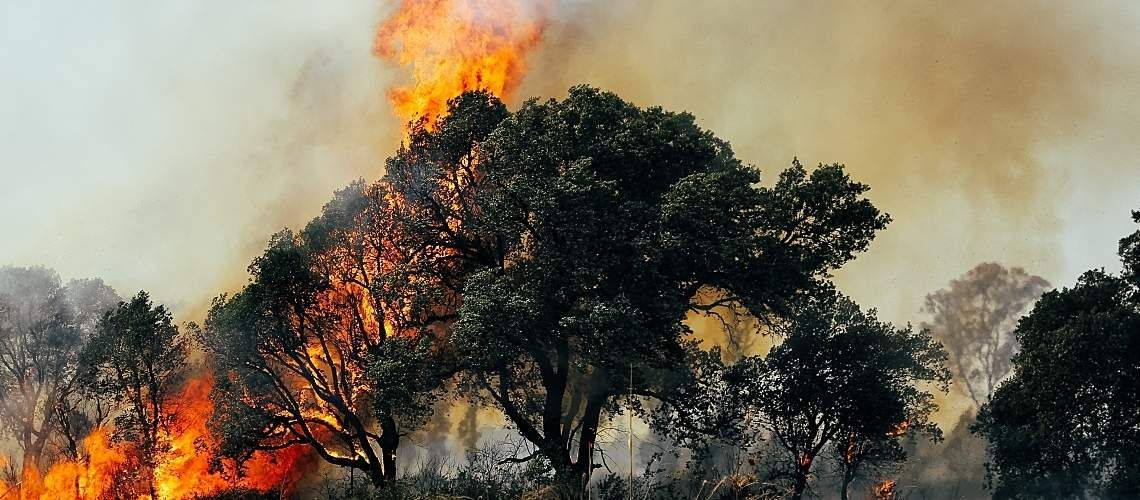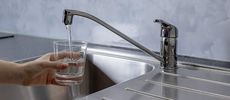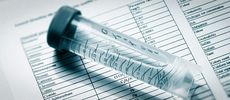Drinking Water in Maui After Wildfires: Takeaways for Your Lab


Drinking water in Maui after wildfires—recognized as the deadliest U.S. wildfire incident in more than a century—was assessed in a July 2024 Purdue University study.
Their findings about the drinking water experiences and requirements of affected residents underscore the need for improved disaster planning and professional water testing to safeguard communities.
The Critical Role of Communication in Water Safety
One of the most striking takeaways from the study was a communication gap that left many residents unknowingly consuming or showering with potentially contaminated water.
With internet connections down, most residents continued using drinking water in Maui after wildfires until they learned from neighbors or in public meetings that Maui's Department of Water Supply had issued an "unsafe water advisory" on August 11, 2023, three days after the fires began. This delay in awareness highlights the necessity of multichannel emergency communication strategies, including radio broadcasts, text alerts, and door-to-door notifications.
Public Outreach: Addressing Misconceptions
Even after the advisory was issued, some residents continued using water in different ways. For example, in one household, a husband took hot showers while his wife opted for warm or cold showers. While the advisory primarily warned against drinking the water, public outreach efforts must clarify that temperature does not affect contamination risks.
Ensuring that residents fully understand water safety guidelines is crucial in disaster response planning.
Community Concerns: The Need for Comprehensive Testing
Residents raised several pressing questions about water quality, including inquiries about benzene levels compared to pre-fire conditions. Benzene is a known carcinogen and a lightweight volatile organic compound that rapidly turns to vapor. Dangers of benzene can include temporary nausea, headaches, rashes, blood disorders, reproductive problems, and even cancer.
This reflects a broader concern: The need for more transparent and accessible water testing data. While many residents obtained at-home water test kits, these kits were unable to detect all the chemicals they were warned could be present.
Agricultural Water Systems: A Parallel Crisis
The study also revealed that damage to agricultural water systems reflected the destruction seen in residential systems. This finding is significant because agricultural water contamination can have far-reaching consequences, affecting food production and local economies.
As such, disaster planning must include protocols for testing and restoring agricultural water supplies to prevent long-term disruptions.
Strengthening Disaster Preparedness
The lessons from Maui's wildfire repercussions emphasize the need for disaster planning to protect water customers. Key recommendations include:
-
Enhancing emergency communication through multiple channels to ensure timely warnings.
-
Expanding public outreach efforts to address misconceptions about water safety.
-
Investing in professional water testing to provide accurate contamination assessments.
-
Developing recovery protocols for both residential and agricultural water systems.
As the impacts of climate change increase the frequency and severity of wildfires, communities must prioritize water safety preparedness. The Maui and Los Angeles wildfires serve as a reminder that access to clean water is not guaranteed in disaster scenarios—but with the right planning, we can ensure that residents are protected.






